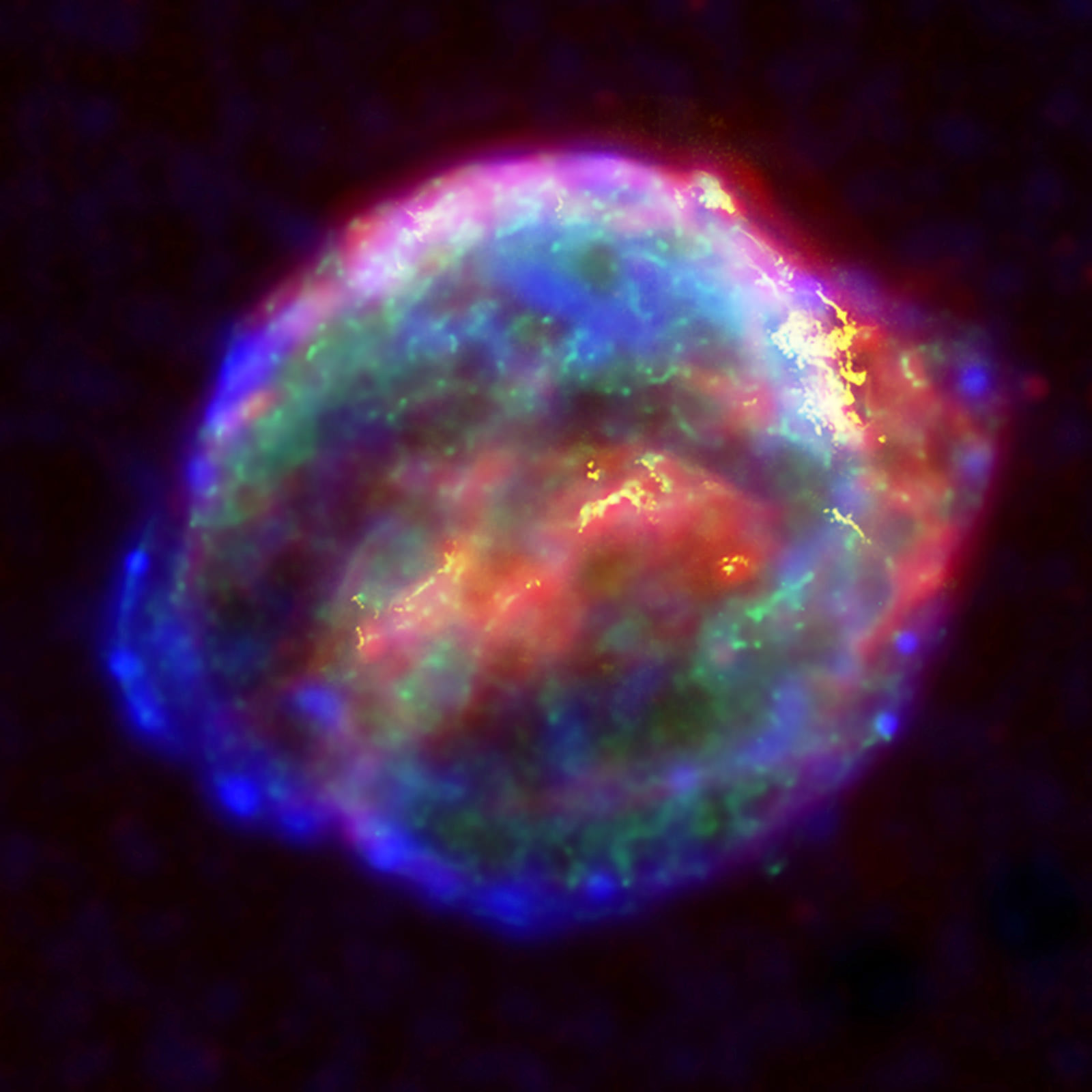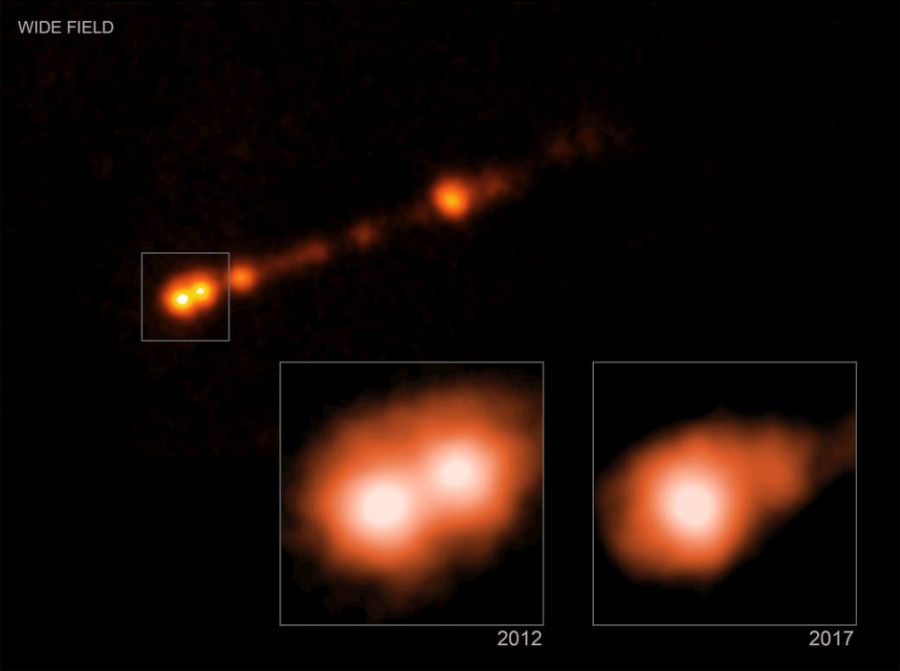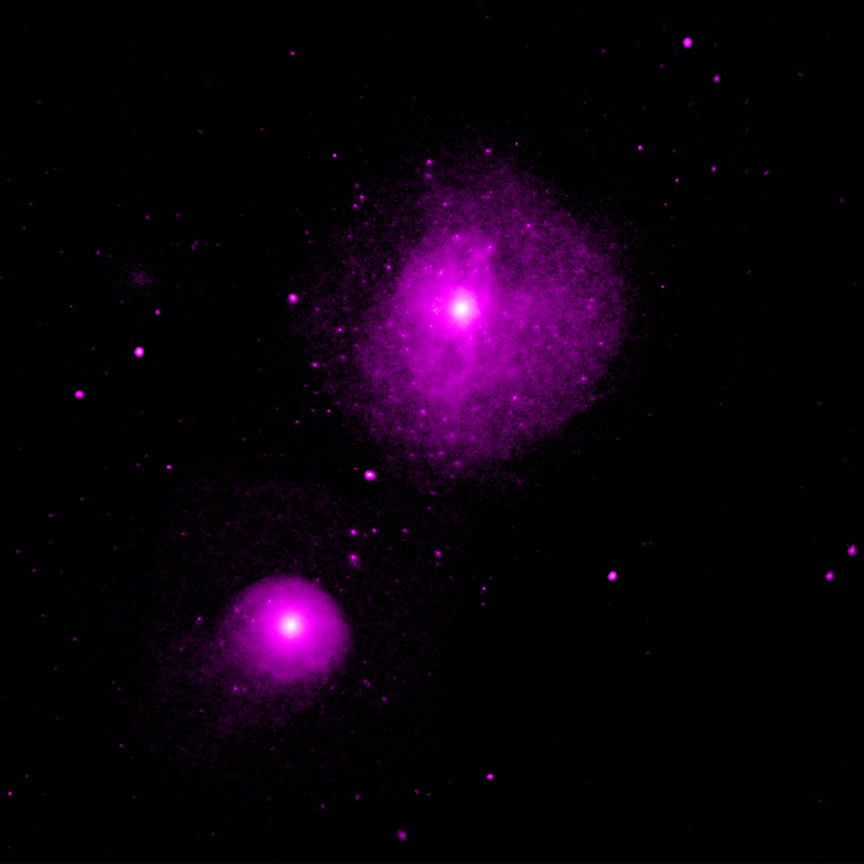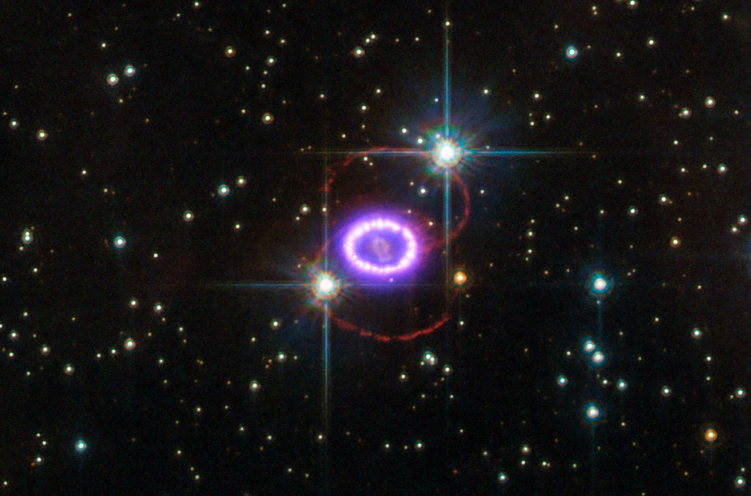Astronomers have spotted the remnant of a rare type of supernova explosion. It’s called a Type Iax supernova, and it’s the result of an exploding white dwarf. These are relatively rare supernovae, and astronomers think they’re responsible for creating many heavy elements.
They’ve found them in other galaxies before, but this is the first time they’ve spotted one in the Milky Way.
Continue reading “A New Supernova Remnant Found from an Exploding White Dwarf Star”









